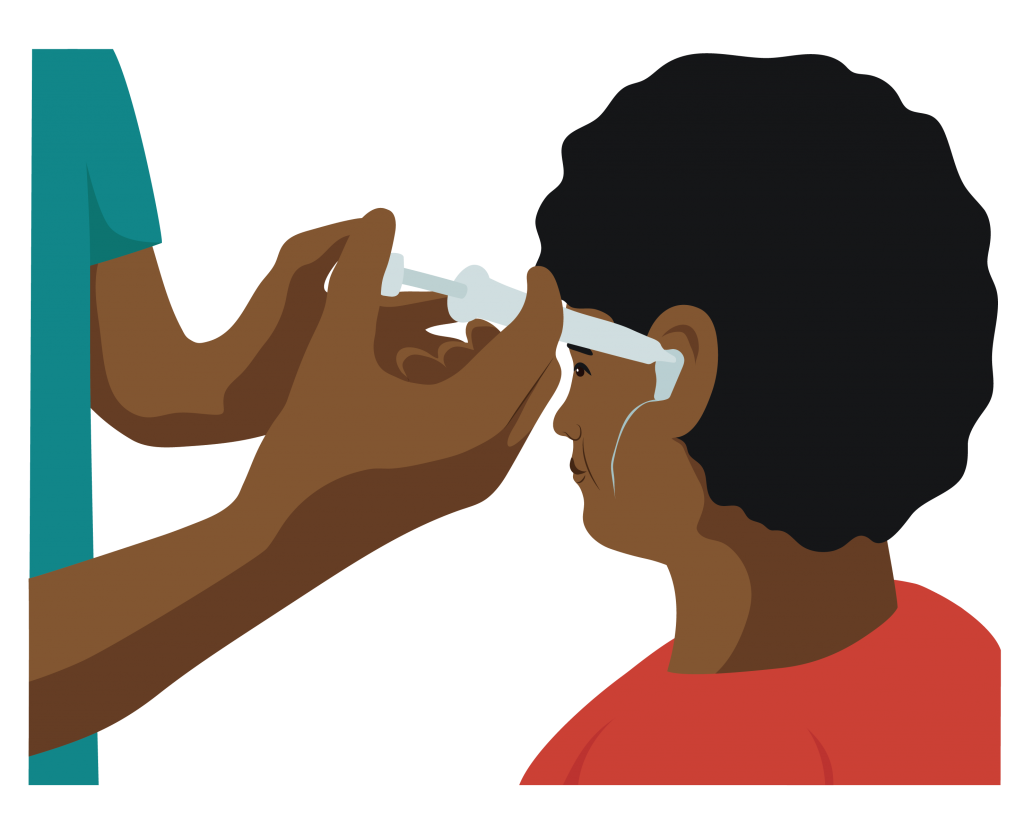The time needed to provide assistive products
The time and support needed to provide an assistive product depends on a range of factors. These are outlined below.
How complex the assistive product is
A more complex assistive product often needs more time to carry out each of the service provision steps.
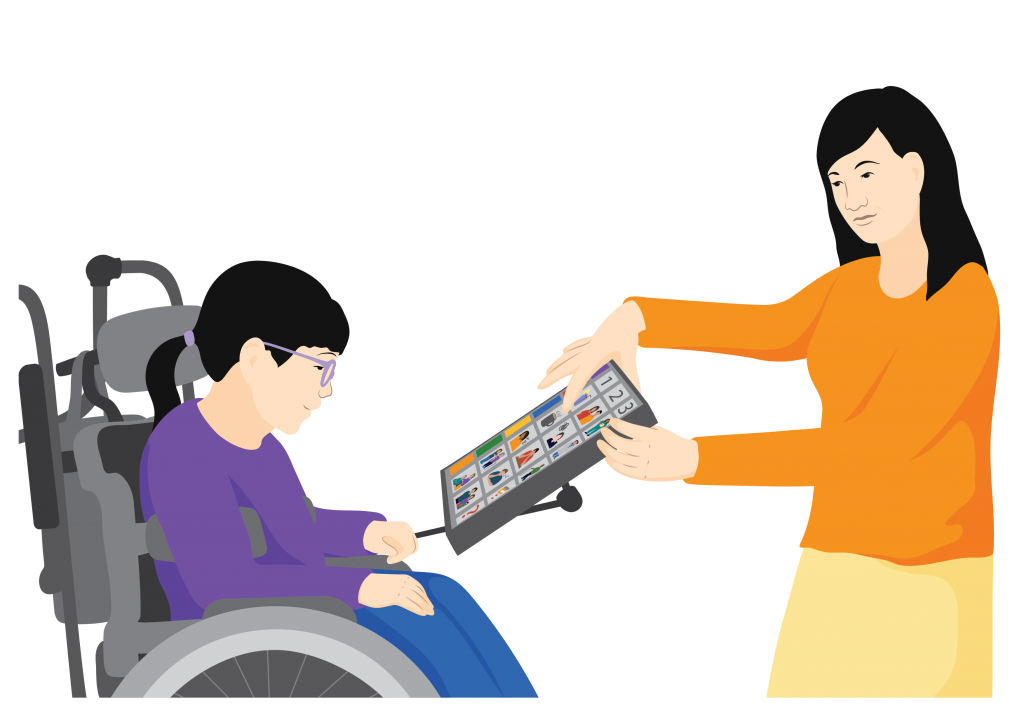
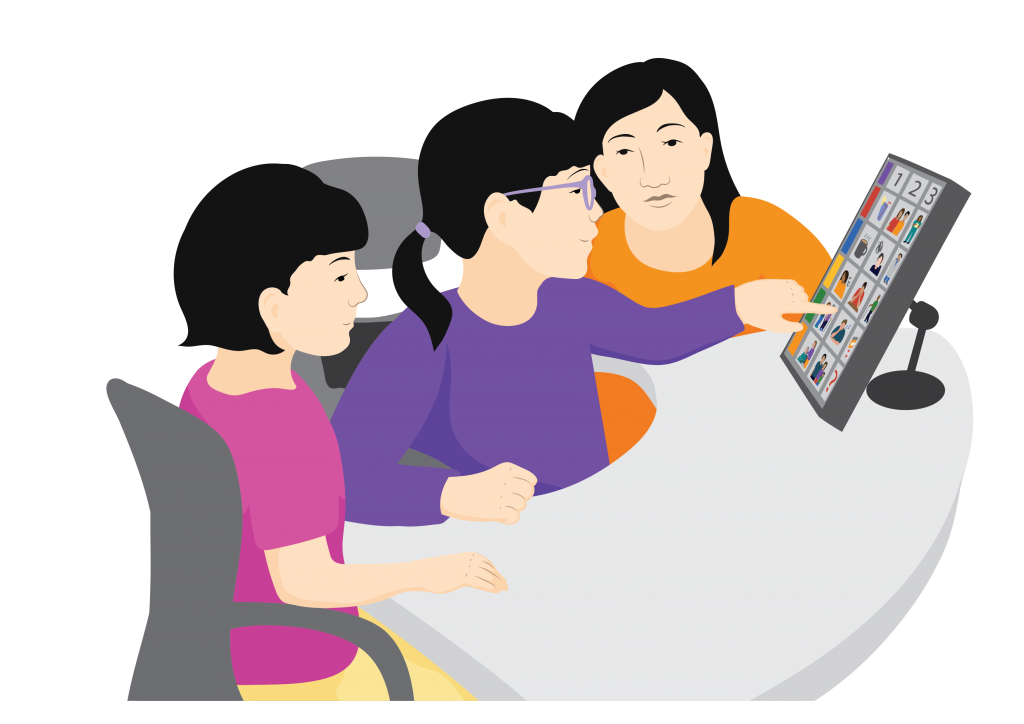
Remember Ju?
Ju uses a wheelchair to be able to sit upright and move about. To support her to sit in a safe and comfortable position, the wheelchair has special supports. Ju had a detailed assessment and three fitting sessions to position the supports correctly. Because Ju is growing, she needs frequent follow up appointments to adjust the supports to meet her changing needs.
Ju also uses a communication board to help her communicate with her friends and family, and to participate at school. Her service provider spent two sessions with Ju and her family to teach them how to use the communication board. She also visited Ju at school to show her teacher and classmates how they could use the communication board with Ju. As she grows and her communication needs expand, the communication board must be adjusted to make sure it still meets her needs.
The needs and health of the person
Some people have rapidly changing needs that require more frequent follow up and assistive product modification than others.
For example, a child may need regular adjustments to the size of their product as they grow. Also, any person with a health condition that changes over time may need different products as their needs change.
Remember Mere?
Mere received her first hearing aid when she was in primary school. She needs a new ear mould several times each year as her ears grow.
The environment in which the person lives and works
If the person lives or works in a challenging environment, they may benefit from more training in how to overcome this.
They may also benefit from changes to their environment to make the best use of their assistive product.
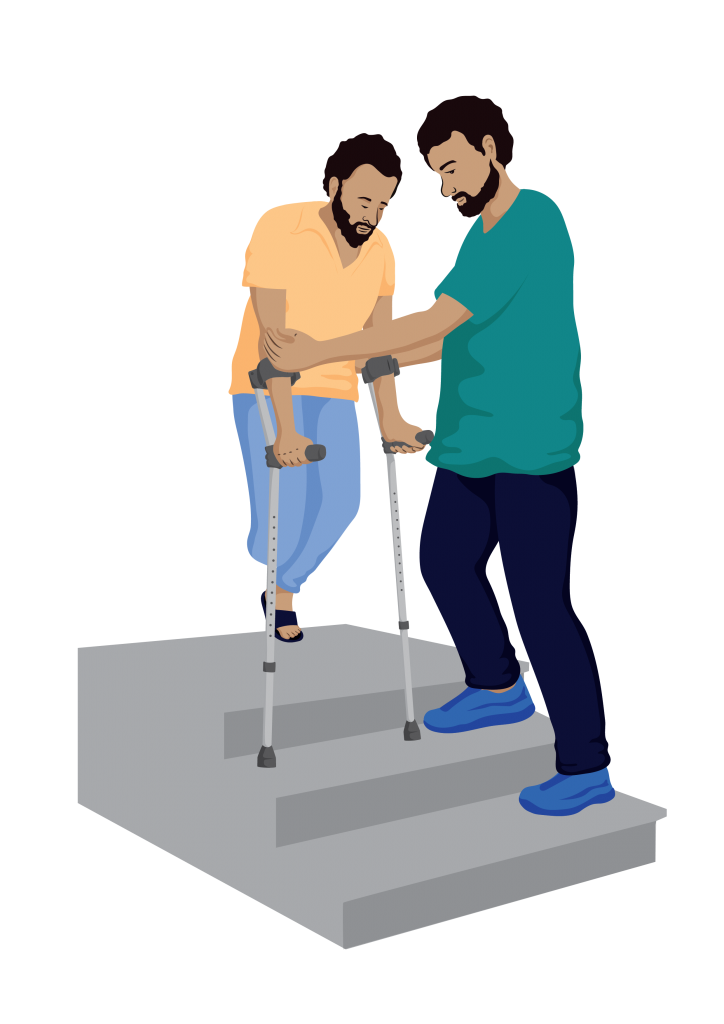
Meet Asif.
Asif has a below knee amputation, and uses elbow crutches to move around. Asif lives on a hill where the ground is very uneven, and he has stairs in his house.
When Asif first started using elbow crutches, his service provider came to his house a number of times to help him practise using the crutches over uneven ground, and up and down the stairs.
Asif now feels confident using his elbow crutches independently even though his home environment is challenging.
The person’s experience
Some people have been using an assistive product for a long time. They will be very familiar with what they need, and how to use their assistive product. However, they may still need some support from a service provider, for example to select the right product, check that it fits properly and is well maintained.
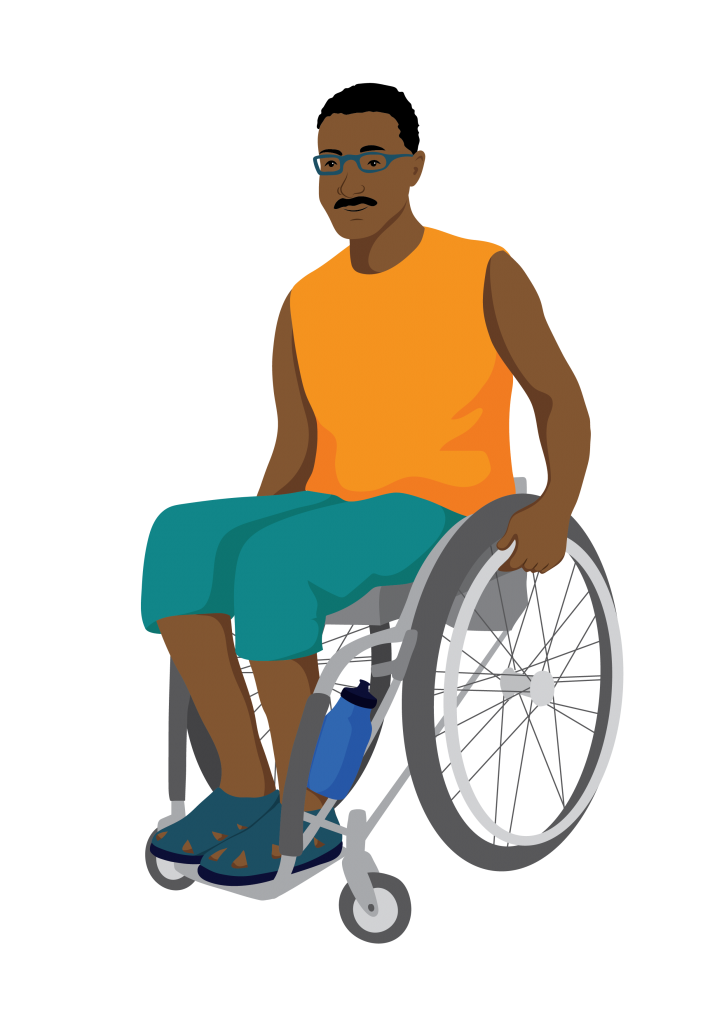
Meet Peter.
Peter has a spinal injury and has been using a wheelchair, catheter and some other assistive products for many years.
He is very experienced and confident in managing his catheter. However, Peter still has follow up at his local health clinic to check his bladder health, and to make sure the catheter is working well.
Peter also has follow up appointments for his wheelchair. His service provider checks that it is still meeting his needs, and helps Peter with any repairs needed.


